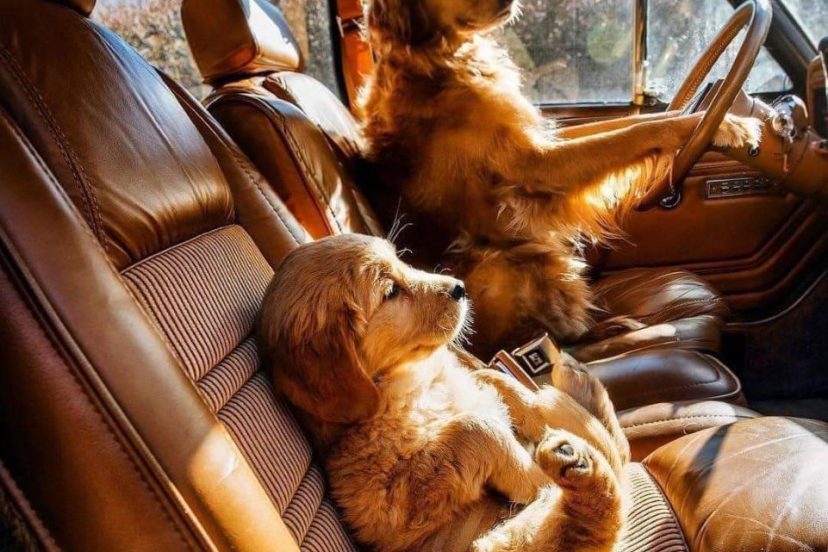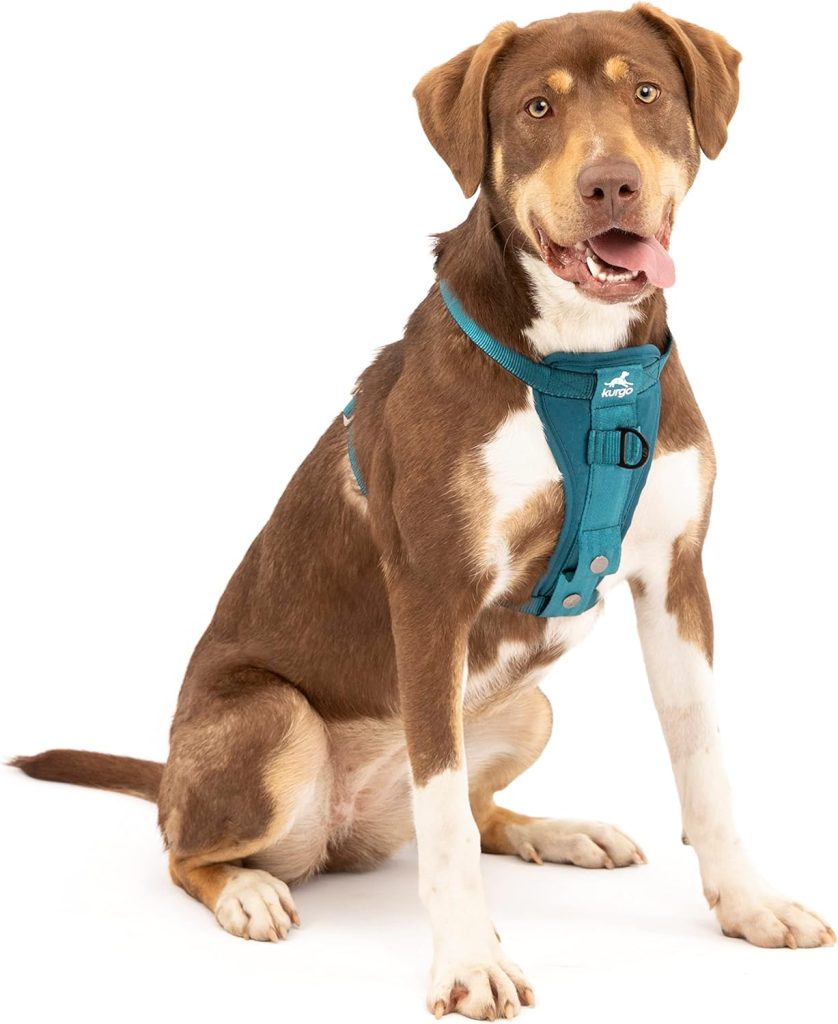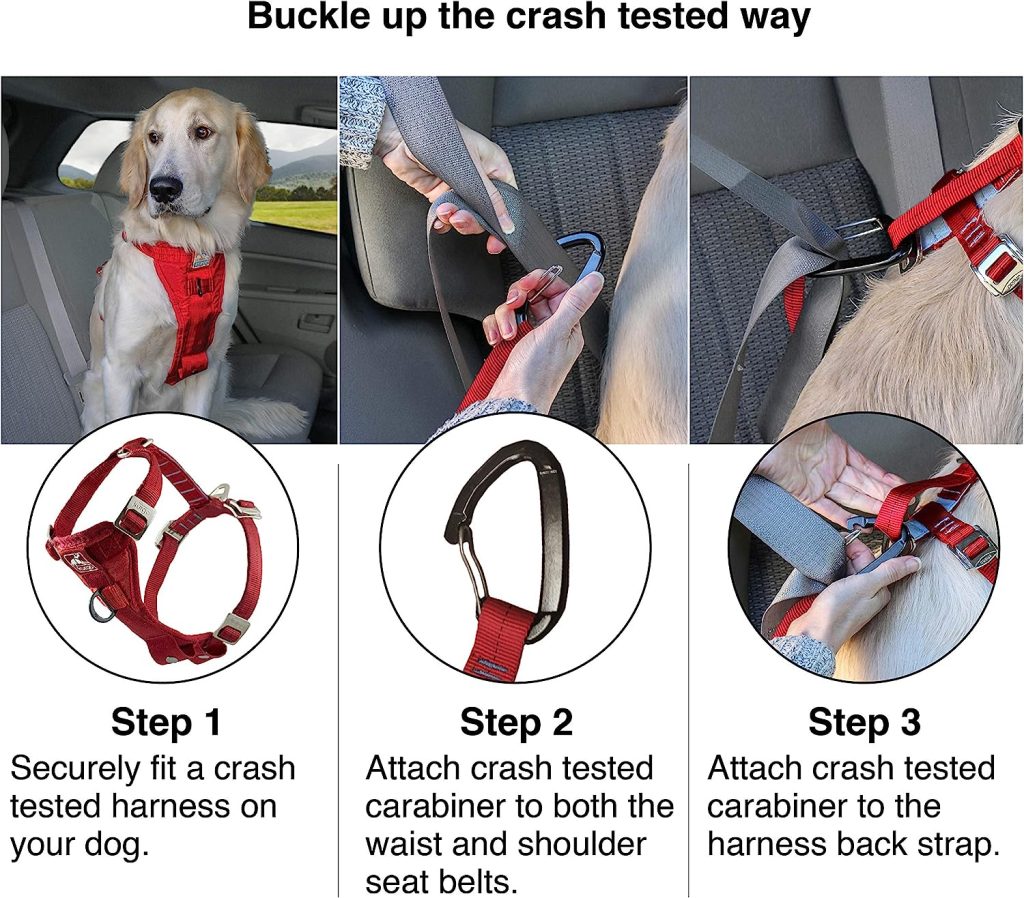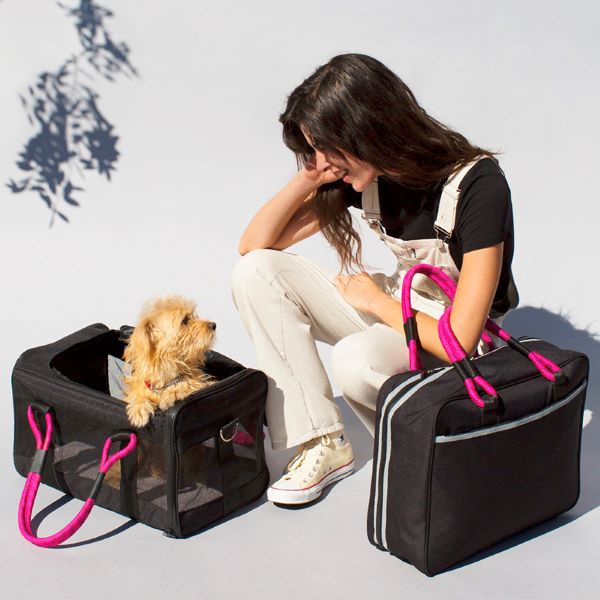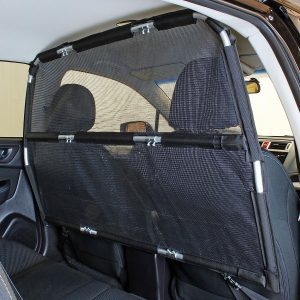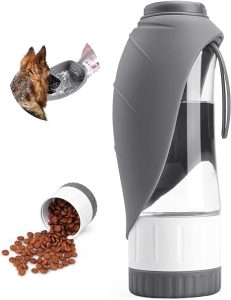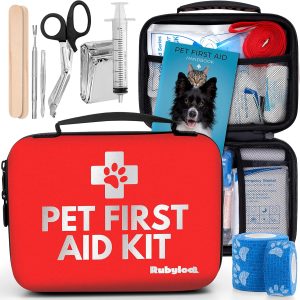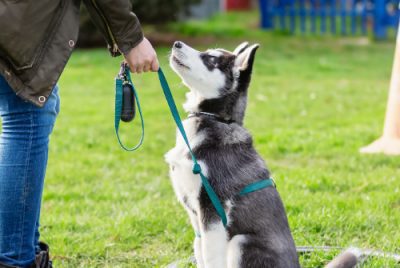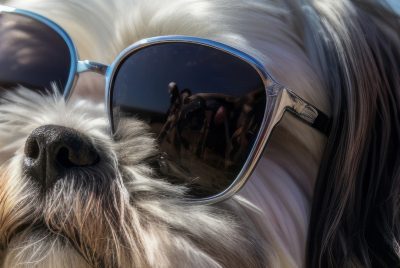Safety Measures for Traveling with your Dog in the Car
Post Disclaimer
We may earn a commission for purchases made using our links. Please see our Disclaimer to learn more.
Mastering the Art of Traveling with a Dog in a Car
The world’s full of exciting sniff-worthy adventures for your furry friend, and often, these experiences require traveling. However, hitting the road with your dog calls for more than just popping them into the backseat. Make car rides safe, fun, and stress-free for your furry friend. There need to be safety measures and not having the dog hang his/her head out the window. Here are some important tips while traveling with your dog.
The Importance of Dog Safety in Vehicles
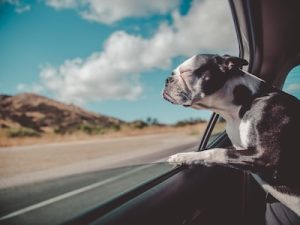
Ensuring your dog’s safety when traveling is crucial. Much like humans, dogs also require adequate protection within a moving vehicle. Without safety precautions, sudden breaks or accidents can lead to serious injuries, or worse, death.
Legal Considerations for Traveling with a Dog
In many jurisdictions, it’s a legal requirement to secure your dog properly in a vehicle. Failing to do so may lead to fines and penalties, not to mention the potential harm to your beloved pet.
Health Risks Associated with Unsafe Dog Travel
Unsecured travel can lead to motion sickness, stress, and anxiety in dogs. In severe cases, it can result in trauma and long-term health issues. Dogs can also be prone to getting things in their eyes while sticking their head out the window.
Essential Safety Measures When Traveling with Your Dog
Safety Harness
These are like seatbelts for your dog. They secure around the chest and back, ensuring your dog stays put during the journey.
Travel Carriers
Ideal for small to medium dogs, these provide a secure space during travel.
Using Car Barriers
For larger dogs, barriers can prevent them from jumping into the front, reducing driver distractions.
Safety Belts and Car Seats for Dogs
These specially designed seats provide added comfort and protection for your dog.
Understanding Dog Behavior in Vehicles
Some dogs may exhibit anxiety or stress during travel. Monitoring your dog’s behavior will help you identify signs of discomfort and address them accordingly.
Training Your Dog for Vehicle Travel
Gradual exposure to vehicle travel can help your dog acclimate. Short trips followed by rewards can foster a positive association with the vehicle.
Comfort and Convenience in Vehicle Travel
Hydration and Feed
Always carry sufficient water and feed for your dog. Avoid feeding them during the journey to prevent motion sickness.
Breaks and Exercise

Regular breaks allow your dog to stretch and relieve itself, preventing discomfort and anxiety.
Coping with Travel Anxiety in Dogs
Consult a vet if your dog exhibits severe anxiety. They can suggest treatments or techniques to alleviate stress.
Other Safety Considerations
Never leave your dog unattended in a vehicle, especially in extreme weather conditions. The car can quickly turn into an oven or freezer, leading to fatal consequences.
Weather Considerations for Travel
Traveling with your dog during extreme weather conditions can pose additional challenges. Ensure your vehicle’s temperature is regulated, and never leave your dog in a hot or cold car.
Securing Your Dog During Breaks
During breaks, ensure your dog is on a leash before opening the vehicle door. This prevents them from darting out unexpectedly, which can be dangerous in unfamiliar areas.
Using Pet-Friendly Travel Accessories
Consider pet-friendly travel accessories, such as window screens, seat protectors, and spill-proof water bowls. These can add to your dog’s comfort and safety during travel.
Training Your Dog for Different Types of Vehicles
Dogs may react differently to various types of vehicles. Practice short trips in different modes of transport to help your dog adapt to various environments.
Getting Your Dog Accustomed to Their Safety Gear
Just like the vehicle, your dog should also be comfortable with their safety gear. Allow them to wear harnesses, carriers, and seat belts around the house before the trip.
Emergency Preparedness
Carry a pet first-aid kit and keep your vet’s number handy. In case of an emergency, it’s important to be prepared. Also, please Sign-up for Lost My Doggie. Have the extra protection to bring your fur baby back to you if they get lost. They are the #1 National Pet Recovery System.
Frequently Asked Questions
Can I let my dog stick its head out the window? No, it’s not safe. Debris can injure their eyes or nose, and sudden stops can cause injury.
Should I feed my dog before a long car ride? It’s best to feed your dog three to four hours before a car ride to prevent motion sickness.
Can my dog sit on my lap while I drive? No, it’s both unsafe and, in many places, illegal.
How often should I stop for breaks on a long journey? A break every two hours is generally recommended.
What can I do if my dog gets anxious in the car? Gradual exposure and comfort items can help. Consult a vet for severe anxiety.
Is it necessary to use a harness for my dog in the car? Yes, a harness provides safety for your dog and prevents them from becoming a distraction to the driver.
How do I keep my dog calm during a long drive? Regular breaks, familiar items, and avoiding feeding just before the journey can help keep your dog calm. For severe cases of anxiety, consult your vet.
Can I use a crate instead of a harness or car seat for my dog? Yes, crates can be a secure option, particularly for smaller dogs. Make sure the crate is well-ventilated and securely fastened.
Can extreme temperatures in the car harm my dog? Yes, a car can heat up or cool down quickly, causing potential harm to your dog. Never leave your dog unattended in the vehicle.
What should I do if my dog gets car sick? Consult your vet. They may suggest remedies or medications to alleviate your dog’s motion sickness.
Conclusion
Safe travel with your dog requires thoughtful preparation and care. Implementing these measures will ensure you and your furry friend enjoy a pleasant journey together. Ensuring your dog’s safety while traveling doesn’t have to be stressful. With adequate preparation, the right gear, and a careful eye on their behavior, you can ensure a safe and enjoyable journey for both of you.

